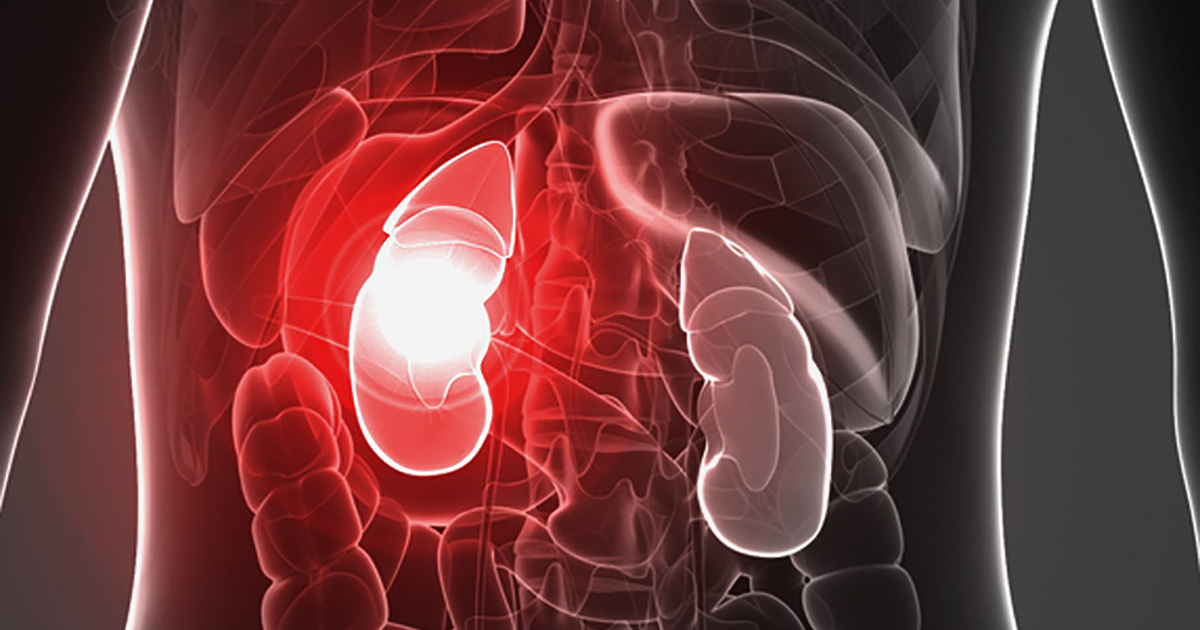What Are The Complications Of Tuberous Sclerosis?
Excess Fluid Around And In The Brain
There are a number of different tumors that can occur in tuberous sclerosis. In around five to fifteen percent of individuals, tumors called subependymal giant cell astrocytomas (SEGAs) develop. These tumors can block certain brain functions and may lead to hydrocephalus when they block cerebrospinal fluid from flowing properly in the brain. Hydrocephalus occurs when excess amounts of cerebrospinal fluid accumulate around and inside the brain. When this fluid accumulates in the skull, it leads to abnormal pressure against the brain. Symptoms vary depending on the severity, but patients commonly experience behavioral changes, irritability, vomiting, nausea, and headaches. Other brain tumors can also lead to hydrocephalus, but not with the same frequency as subependymal giant cell astrocytomas.
Discover additional tuberous sclerosis complications now.
Kidney Damage

The majority of individuals with tuberous sclerosis develop benign tumors on the kidneys. As they age, they might develop even more kidney growths. Depending on the size and location of the growths, there might be potentially life-threatening kidney damage. Growths might cause bleeding in the kidneys or high blood pressure. They can also lead to renal failure if they inhibit the ability of the kidneys to perform the necessary functions for the body's upkeep. There have also been rare cases in which the kidney growths turn cancerous. Tuberous sclerosis presents with renal cysts, renal cell carcinoma, and renal angiomyolipoma. Angiomyolipomas tend to be the biggest causes of concern. Their blood vessels are abnormally formed and can develop weak spots called aneurysms, which leads to bleeding if they burst. The bleeding is life-threatening in around twenty percent of cases. Angiomyolipomata is estimated to occur in over eighty percent of tuberous sclerosis patients, and most have angiomyolipomas in both kidneys.
Get the details on more complications linked to tuberous sclerosis now.
